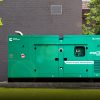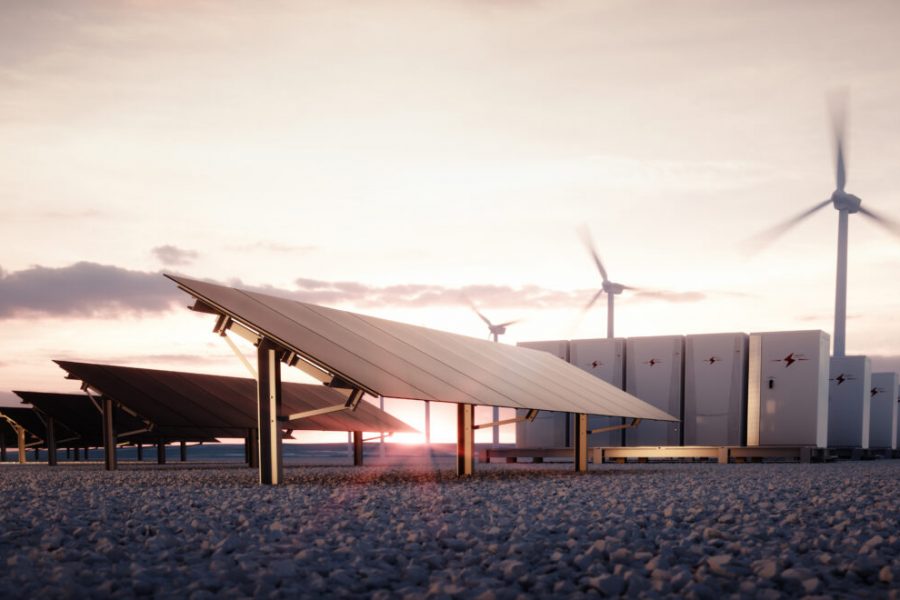As the world moves towards 100% Renewable Energy, India is well on track to achieve its Paris agreement targets well before the target date of 2030,” India has maintained that it is not a polluter and cause of climate change and has voluntarily committed to reduce greenhouse gas emission intensity by 33-35 per cent below 2005 levels by 2030. However, once we say this we need to have a mind-set shift and motivate to harness the potential of intermittent energy sources such as Solar Power, Wind Power, Battery Energy storage system and Green Hydrogen which not only reduce carbon emissions but also reduce your cost of Energy even when Grid is available.
Apart from the above fact, even today all C & I segments are facing challenges like Higher Cost of Power generation with DG and increasing cost of Diesel, high electricity bills on grid, recurring charges of VRLA batteries after every 3 years in UPS, Higher utility demand load charges and many others.
One of the growing and moving solutions is the Battery Energy Storage System, called BESS. BESS is a rechargeable Li ion based battery system that stores energy from solar arrays or the electric grid and provides that energy to your home or business. It is quieter and obviously way cleaner technology, as it helps to reduce carbon and pollution in the environment. It reduces the consumption of fossil fuel and grid power in a cost effective, safe, reliable and intelligent manner.
Complete Spectrum of Applications of Energy Storage
The complete spectrum of applications of energy storage, include back up power, diesel abatement, uninterrupted power supply, frequency regulation, renewable integration, peak shaving, micro grids, demand charge reduction, voltage support, and black start capability. Different revenue models can be generated for each application depending on the customer’s requirements and current setup.
Batteries have already proven to be a commercially viable energy storage technology. BESS are modular systems that can be deployed in standard Canopies/ containers and can be designed for ratings starting from 5Kw to any MW level with different back up options available as per customer requirements. Until recently, high costs and low round trip efficiencies prevented the mass deployment of battery energy storage systems. However, increased use of lithium-ion batteries in consumer electronics and electric vehicles has led to an expansion in global manufacturing capacity, resulting in a significant cost decrease that is expected to continue over the next few years. The low cost and high efficiency of lithium ion batteries have been instrumental in a wave of BESS deployments in recent years for both small-scale, behind-the-meter installations and large-scale, grid-level deployments. Energy storage devices can be used for uninterruptible power supply (UPS), transmission and distribution (T&D) system support, or large-scale generation, depending on the technology applied and on storage capacity.
BESS also increases the power system flexibility so that the occasional periods of excessive renewable power generation need not be curtailed or so that there is less need for large investments in network expansion that lead to high consumer prices. Storage offers one possible source of flexibility.
The BESS system consists of the Li ion battery pack, which connects multiple cells to appropriate voltage and capacity; the battery management system (BMS) and the battery thermal management system (B-TMS). The BMS protects the cells from harmful operation, in terms of voltage, temperature, and current, to achieve reliable and safe operation, and balances varying cell states-of-charge (SOCs) within a serial connection. The B-TMS controls the temperature of the cells according to their specifications in terms of absolute values and temperature gradients within the pack. It also consists of a desired rated PCU and all components thereafter get mounted inside a container making it easy to use, store, move with a compact foot print. Both the major components required for the reliable operation of the overall system are controlled through the energy management system (EMS). The EMS is responsible for system power flow control, management, and distribution.
Battery life varies from 3000 to 4000 cycles, which means typically 10 to 12 years, making it a viable solution and leading to the peace of mind for homes and businesses. It is best suited for villas, bungalows, restaurants, hospitals, ATMs, Banks, Cold Storages, Constructions Sites, Remote Areas, Process Industries, Defence Areas, IT and many more to name. It can be charged with various options like Solar Power, Wind Power, Diesel Gensets and Grid whichever source is available. It is a maintenance-free system with no OPEX and gives you a pay back from 1 to 7 years depending upon the application.
It’s a one stop solution to all your problems.








